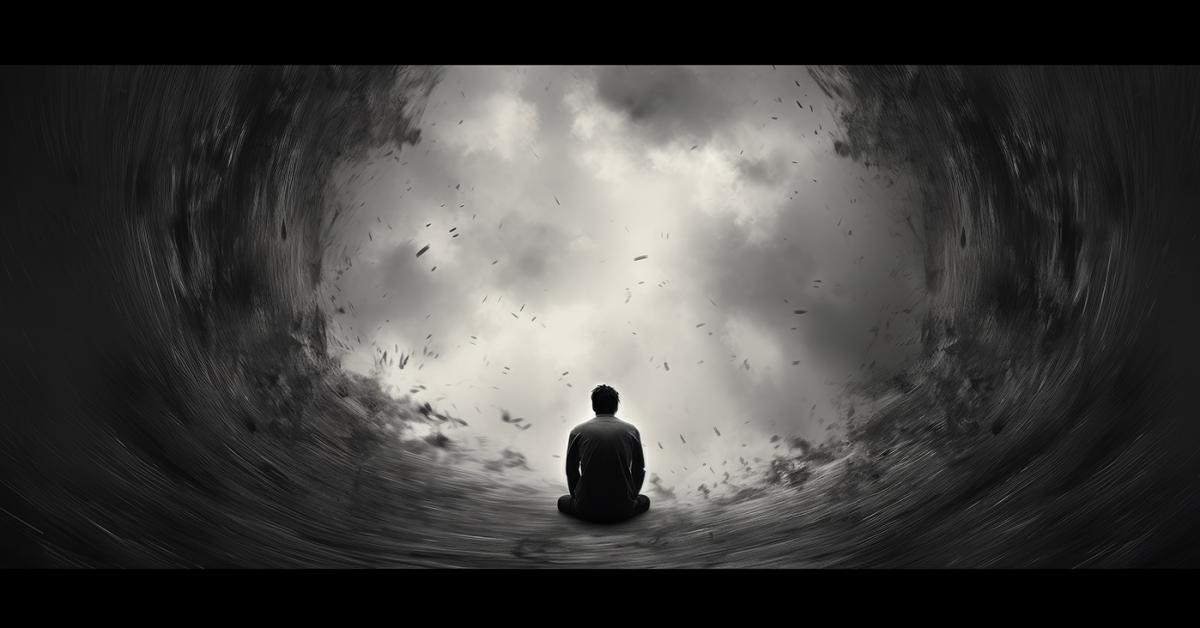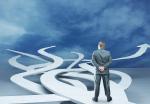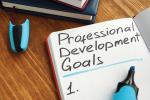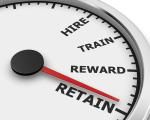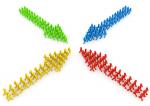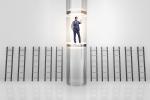ALEXANDRIA, Vir. — Burnout can happen to employees at any level of a business, and can rob that business of productivity and can impact that team member’s mental and physical health. Recognizing it, and taking steps before the condition deteriorates, can catch burnout before it takes root.
This was the subject of “Stress, Burnout, and the Workplace: Strategies for Enhancing Employee Engagement,” a presentation from the Society for Human Resources Management (SHRM) as part of its recent Mental Health and Wellness Virtual Retreat.
The event was hosted by SHRM’s President and CEO Johnny C. Taylor, Jr., who spoke with Chris Mosunic and Chibs Okereke from the meditation and relaxation app developer Calm. Mosunic is Calm’s chief clinical officer, and Okereke is the company’s stress & burnout coach and instructor.
In Part 1 of this series, we examined the cost of burnout on both a personal scale and what it can mean for a business such as a drycleaning company. Today, we’ll continue our exploration on the topic by looking at how to recognize the various stages of burnout.
The Five Stages of Burnout
Burnout generally doesn’t happen all at once, but is something that gradually grows, sometimes almost imperceptibly, Okereke says, adding that he himself suffered from habitual burnout earlier in his career.
“It’s important to be educated about the stages that lead up to burnout,” he says, “and I really enjoy educating people about the first stage, because people are always surprised.”
Stage 1: Honeymoon Phase — “The honeymoon phase sounds awesome and fun,” Okereke says. “That often begins when we start a new task, project or job. It’s the time where we tend to say ‘yes’ to everything because we’re filled with energy and creativity. We love our jobs.”
At this phase, Okereke says, the stress we might feel is motivating, rather than harmful. High performers are particularly susceptible to getting addicted to this phase.
“I think there’s maybe a dirty little secret that we don’t like to admit to ourselves,” he says, “but the stress hormones actually feel good to some of us. We’re at home with these feelings of stress.”
Stage 2: Onset of Stress — Once the initial excitement fades, the stress starts to take center stage and begins to impact the worker’s life.
“At this stage, you notice that some days aren’t quite as bright as before,” Okereke says. “And now, we’re irritable. We have difficulty sleeping and focusing. We’re tired, and have some tension — sore neck, headaches and that kind of thing.”
Subtle at first, this stage is where burnout starts to grow. “Now, if we have too many stressful days in a row — and how many days that is depends on the individual, perhaps around one month to three months of continuous stress — permanent changes start occurring in your nervous system. And your body starts to adapt to what it now thinks is a dangerous or an urgent environment.”
Stage 3: Chronic Stress — ”This is where the Stage 2 symptoms intensify,” Okereke says. New symptoms also start to appear, including anxiety, procrastination, fatigue and reduced social interaction.
“We might be stepping up our consumption of caffeine, alcohol or substances,” he says. “We’re always tired, and we might even start to withdraw from friends and family after too many days of chronic stress in a row.”
Stage 4: Burnout — Okereke notes that this stage involves mental, physical, spiritual and psychological exhaustion, negativity and cynicism about the job, and decreased performance.
“There’s also another one — cognitive decline is one that seems to be coming up in the research these days,” Okereke says, and draws from personal experience on this point. “When I was burning out, I used to explain it as almost like I lost 30 IQ points. I just couldn’t make decisions like I used to.”
Stage 5: Habitual Burnout — If the previous stage is left unchecked and untreated for too long, burnout becomes deeply ingrained and significantly impacts mental and physical health. This is the most severe stage.
“That’s pretty much falling off a cliff,” Okereke says. “You won’t be able to continue doing what you’re doing.”
Recovery from habitual burnout is challenging, he says. “It’s slow, and will probably require significant life changes. I was still feeling my effects of the burnout for over a year.”
Okereke emphasizes that it’s crucial to manage stress levels and prioritize self-care to prevent progression to the more severe stages of burnout. By understanding these five stages, individuals and organizations can better identify the warning signs and take proactive steps to promote wellbeing in the workplace.
Come back Thursday for the conclusion of this series, where we’ll look at steps both individuals and leaders can take to combat burnout in the workplace. For Part 1 of this series, click HERE.
Have a question or comment? E-mail our editor Dave Davis at [email protected].

